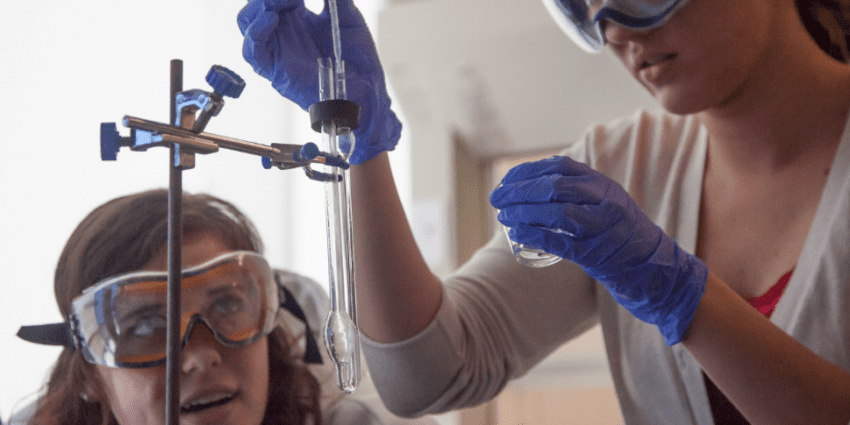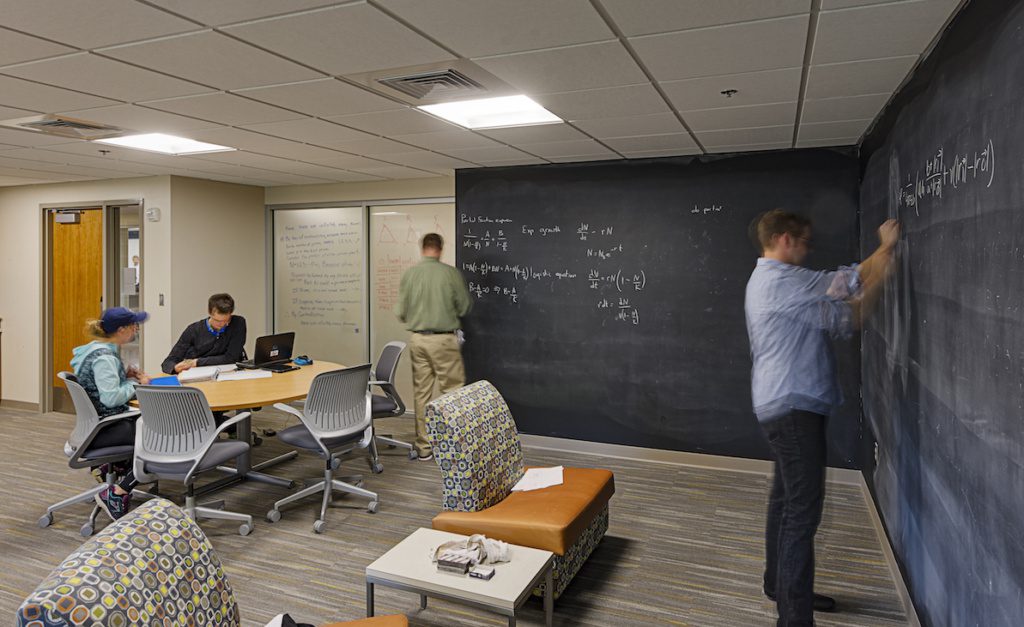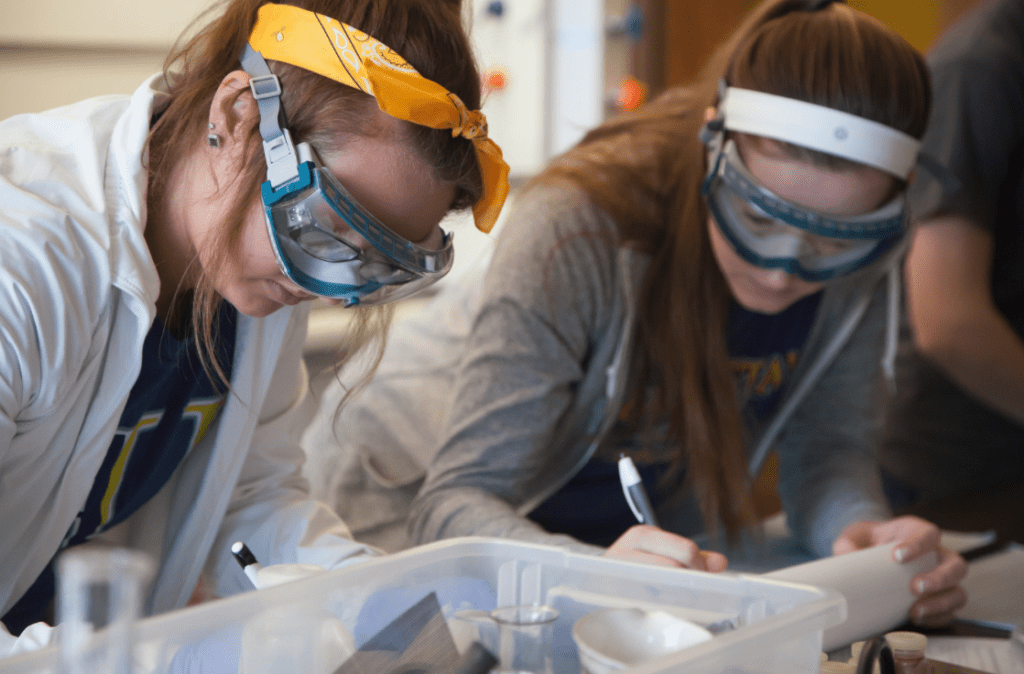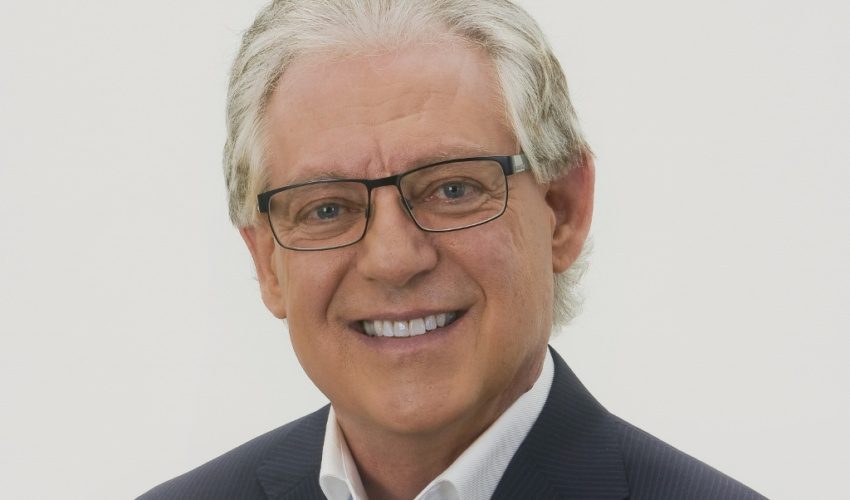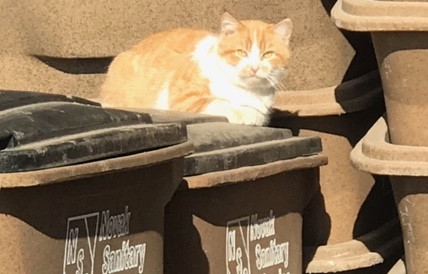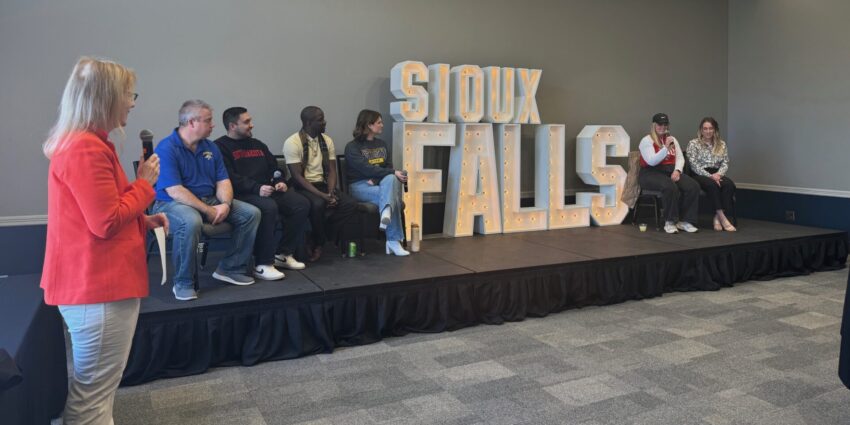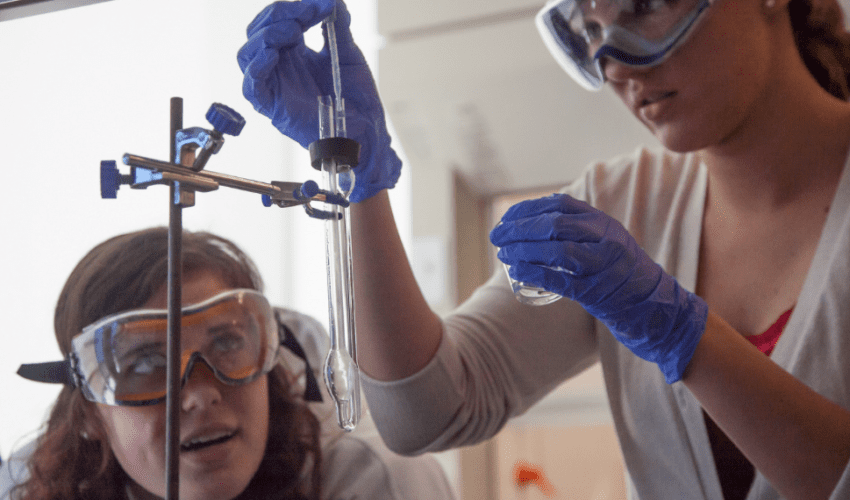Professor: Augustana could be one of the nation’s best undergraduate research opportunities
May 9, 2018
This piece is presented by South Dakota Biotech.
Augustana University’s Mark Larson exemplifies the kind of biotech talent that is finding success in South Dakota.
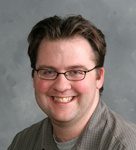
He also coordinates Augustana’s grant from the Biomedical Research Infrastructure Network.
His research focuses on the function and cell interactions of human platelets, which are a key cellular component in blood clotting.
And he sees strong potential to grow future biotech talent in the state.
What kind of interest are you seeing from students in biosciences? What are they attracted to and why?
Our students continue to show a very high interest in biosciences. It’s pretty hard to be in a place like Sioux Falls and not be impressed with the medical infrastructure that the area has to offer and how it has become a regional powerhouse in health care. As such, I think many students are naturally attracted to these biologically oriented fields that combine a fulfilling career with the prospect of doing innovative and creative work that truly impacts people’s lives. And, increasingly, the area is providing opportunities in biosciences that move beyond patient care, which also affords similar vocational prospects. Many students are also quite eager to stay in an area they have come to know and love.
Augustana recently opened its new Froiland Science Complex. How has that helped in your work and in students’ engagement?
The natural sciences at Augustana have long worked to integrate the classroom experience with hands-on scientific exploration and inquiry. The classes themselves provide this, but we also have about 80 students doing paid research each year with faculty. The new building gives us more space to develop and expand these student research experiences, more options for connecting research into the classroom environment and more opportunities to form partnerships with scientists and businesses in the area. These initiatives are all underway, and I think we’re just beginning to scratch the surface of what the building can become. It’s unique in that it’s a state-of-the-art research facility almost completely dedicated to undergraduates.
What about your research most excites you currently, and how are you involving students in it?
Fundamentally, I am a hematologist – I study platelets and blood function. I have a lot of different projects going on, but what really excites me is collaboration. I am working on a project to identify markers on platelets that can help inform personalized medical treatments, which involves work with Dr. Karla Abbott at Augustana and Dr. Michael Holinstat at the University of Michigan. I am working on a platelet and cancer cell project with Dr. Jennifer Gubbels at Augustana and a project to measure platelet function with greater sensitivity with Dr. Barry Eichler at Augustana. For every one of these projects, undergraduate students are the real engines of the lab work. They present the work at national conferences, and when we publish the work, they’ll be co-authors on the paper.
You also collaborate with Sioux Falls-based OmegaQuant Inc., which offers a blood test for omega-3 fatty acids. How is your research assisting in their product development?
Another one of my collaborations! Dr. Bill Harris, the founder of OmegaQuant, got me interested in identifying some of the cellular effects that allow omega-3 fatty acids to be cardioprotective. We’ve been working together for over 10 years now, co-authoring four research papers in that time. Our findings have provided some of the biological justification for the development of OmegaQuant’s diagnostic tools.
Are your students finding jobs in South Dakota? How are their skills being used within area businesses?
This is a major asset for our students. In addition to the area’s great health professions options, students can translate their lab skills acquired at Augustana directly into the emerging research and biotech industry in the area. We’re also partnering with business to get students exposed to biotech even before they graduate. Companies can expect Augustana students to be technically adept and good problem-solvers because they’ve already tackled science questions first-hand before they complete their college career. They have also learned to look at problems from other perspectives as a part of their training across the liberal arts.
What kind of potential do you see to broaden the work that’s being done at Augustana to help grow the talent pipeline for biotechnology in South Dakota?
We’ve done so much over the past 20-plus years to create something special at Augustana. Moving forward, I think we need to solidify the work we’ve started by augmenting our federal funding and securing long-term partnerships, some if which is already underway. I would like to see Augustana become one of the premier destinations for undergraduate research opportunities in the nation. With that designation, there will be even more students who will expand biotechnology in the region even further. We have the building, the infrastructure, the partners and a city that provides a great home for these elements to flourish. With a bit more development, we can secure Augustana’s role in this process for a long time to come.

